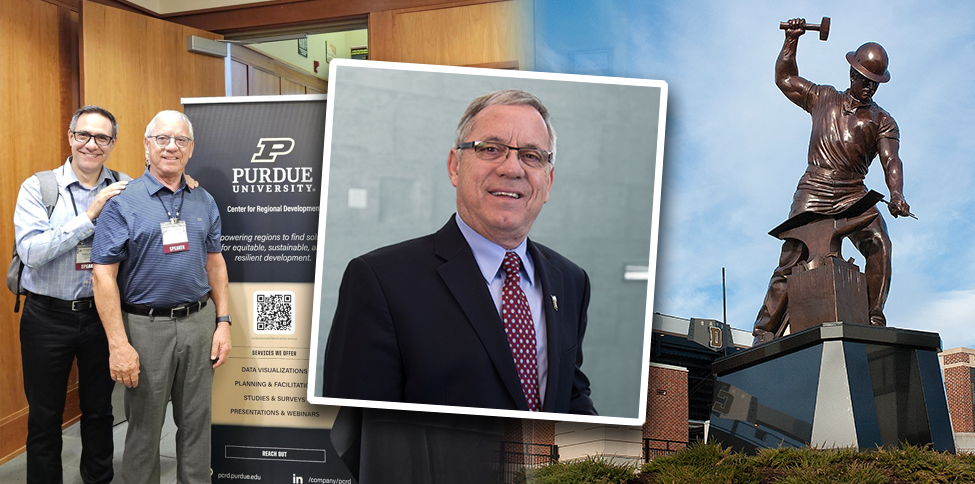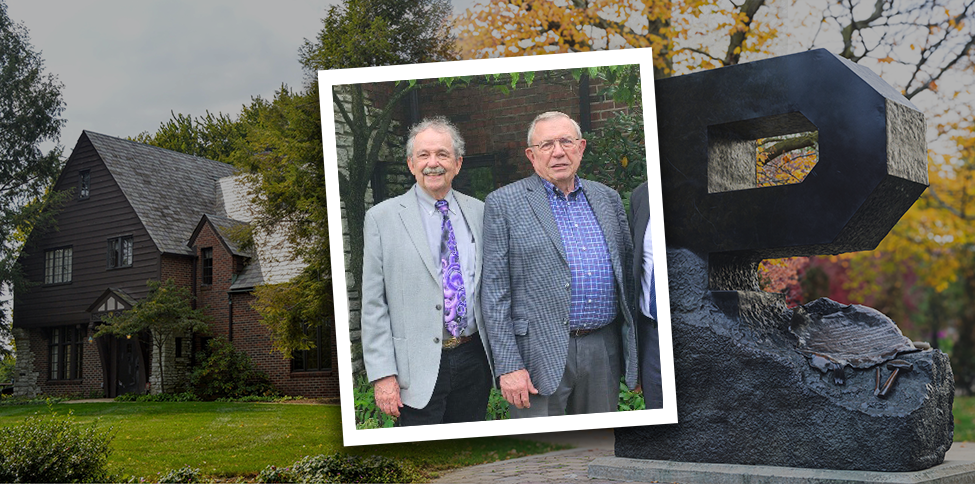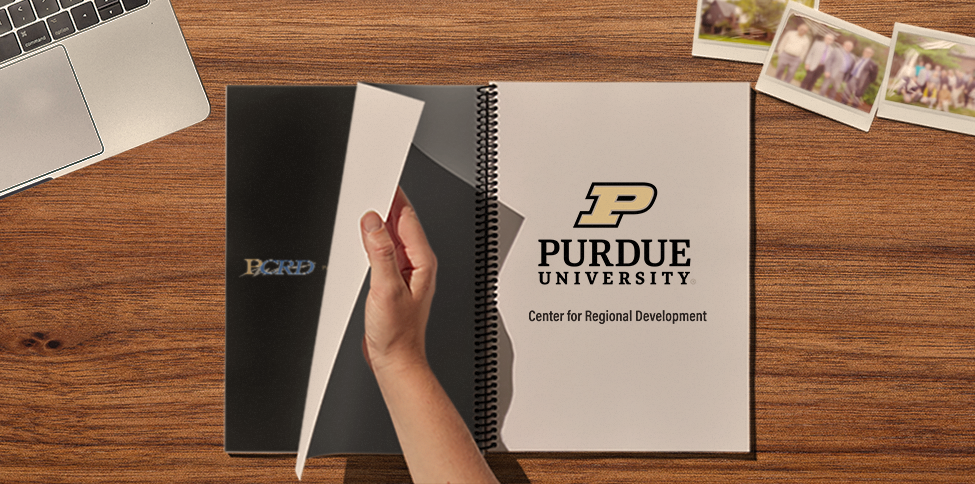ROZI Showcase
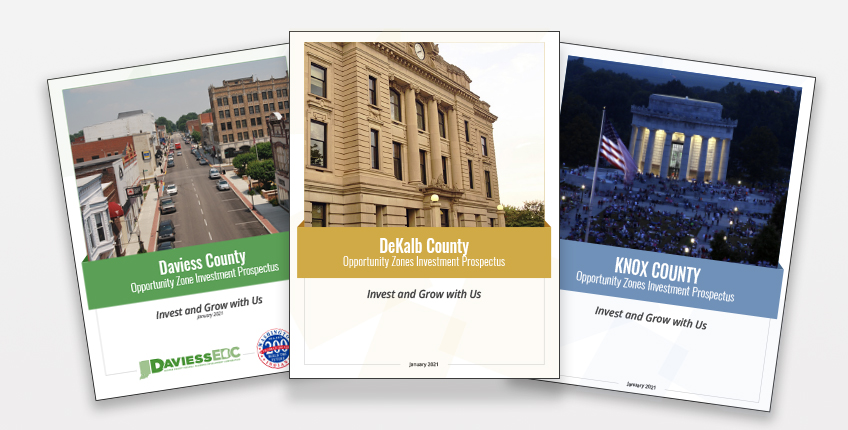
Written by Melinda Grismer and Julie Rigrish.
Did you know that OZ is more than just a wonderful wizard? In fact, the Tax Cuts and Jobs Act of 2017 allowed governors to nominate certain census tracts as Opportunity Zones. So, since then, OZ has become an abbreviation for Opportunity Zone, an economic development tool that allows people to invest in distressed areas in the United States.
As the country – and world – emerges from the pandemic with a renewed desire to live in rural places working remotely (if necessary), so emerges the demand for rural placemaking, benefitting both investors and communities. The land of OZ is one of equitable development. By providing a path for community developers to tap into a new pool of investors and delivering a range of positive social outcomes, OZs can help small towns/counties reinvent themselves into destination communities (to read An Early Assessment of Opportunity Zones for Equitable Development Projects, click here: https://www.urban.org/research/publication/early-assessment-opportunity-zones-equitable-development-projects).
Forty-six of the 156 census tracts selected as OZs in the Hoosier state by Governor Eric Holcomb in 2018 are located in rural areas of the state (places in nonmetropolitan areas that have no town or city of 50,000 or more), signaling to investors there’s more than corn in Indiana (and elsewhere in the heartland). To promote these rural OZs, Indiana’s Office of Community and Rural Affairs (OCRA) and the Purdue Center for Regional Development (PCRD) began a program, the Rural Opportunity Zone Initiative (ROZI) in 2018, to promote these rural opportunity zones in Indiana.
Communities across the state applied for the technical assistance of these partner organizations (OCRA & PCRD) to help them select rural opportunity zone projects to promote through an investment prospectus document. From 2019 through 2022, 10 communities have produced such a prospectus, including the towns of Connersville, Delphi, Kentland and Princeton and the counties of Daviess, Dekalb, Knox, Putnam, Starke and Switzerland. The latest cohort of five communities highlighted their final products in a ROZI Showcase on May 11.
Below are some “lessons learned” from working with Indiana rural communities to develop their OZs:
What’s Your Cover Story?
Making your pitch to potential investors is part of the focus of the ROZI program. That pitch can take many forms, so we encouraged each ROZI Task Force to hook their target audience from the first page of the investment prospectus document with a striking cover image. Starke County’s concept (Imagine the Possibilities) is a great example of that.
In The Room Where It Happens
One key piece of wisdom when engaging community stakeholders is to have the actual decision-makers at the table, and that was certainly the case for ROZI. From deciding what messaging to include in the introduction (as you can see from the Switzerland County example), to determining how to best attract investors, to making connections with landowners of potential project sites, it was important that the people with the power were involved from the beginning.
Know Your Numbers
The more familiar each ROZI Task Force became with their own community’s demographic and economic profiles, the more fitting projects they selected. Teams experienced some “ah-ha” moments as they took some time to dive into their data, as exemplified by Putnam County’s page.
Build on Your Assets
No matter how much we have, we always want more! But, good community development principles and practice tell us: Never start with your deficits. When you take complete stock of what you have going for you, the next logical step becomes apparent.
Cast a Wider Net
The more people our ROZI Task Forces invited to the ROZI focus group sessions to brainstorm potential projects, the more successful they were. Why? Because of the multitude of potential ideas they generated! Local leaders are often afraid to ask for “more cooks in the kitchen,” but all those unique ingredients are the secret spice to a great sauce. In addition, by highlighting a community’s current momentum (such as that of Princeton County), it gives them confidence that what they have accomplished together in the past, they can accomplish in the future.
Dream Big
We encouraged each ROZI Task Force to push the boundaries of the self-enforced constraints on their imaginations. What would be best (not just better) for your community? How could you leverage your investment prospectus to highlight the potential? If ROZI Task Forces already had an economic/community development project in the pipeline, we encouraged them not to include that in the prospectus, but to develop and showcase a broader, more comprehensive range of projects that would allow investors to imagine themselves (re)shaping that space or (re)tooling those resources, such as Knox County did in this example.
Think Outside the Box
From troubleshooting floodplains to innovating with aerial drone photography, as shown by Connersville first project choice, ROZI communities were creative in leveraging their assets.
Strengthen Your Base
The more support our ROZI Task Forces garnered through the selection of Advisory Board members, the easier the goal of completing the investment prospectus became. When all the burden falls on one (or even two!) key people, the load can become too heavy to lift, especially while juggling countless other community-level duties. The key is choosing your projects collectively through a “buy-in” process, but delegating the duties needed to get your team to the point of project deployment (with a periodic check-ins with a designated point person like Daviess County’s Bryant Niehoff). Turns out “divide and conquer” really works!
It’s More Than ROI
One of the important aspects of the OZ program is attracting outside investors who are looking to fund projects that might produce a decent return on their investment (or what we call ROI). However, it is important to remember that some of the most viable investors are located right the community. These investors are people (and groups) who are willing to step up and make a financial commitment – not for the sake of realizing a good ROI – but because they want to make the OZ and the broader community a better place to live, work and recreate. Affinity to a rural place, as showcased in Dekalb County’s Brief History, matters to people.
Don’t Forget to Brag
Once their investment prospectus documents were complete, the real work of marketing them to investors began. Key takeaway: Remember to report back to those who were involved in the process of getting you where you wanted to go. One great example of that was Kentland, where the community focus groups and subsequent presentation to the community led to some action that has shaped the small town in big ways!
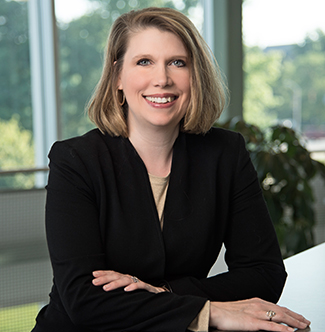
Melinda Grismer, Ph.D., a Community and Regional Development Specialist with the Purdue Center for Regional Development (PCRD), has expertise in grant-writing, facilitation, strategic planning, board... read more












